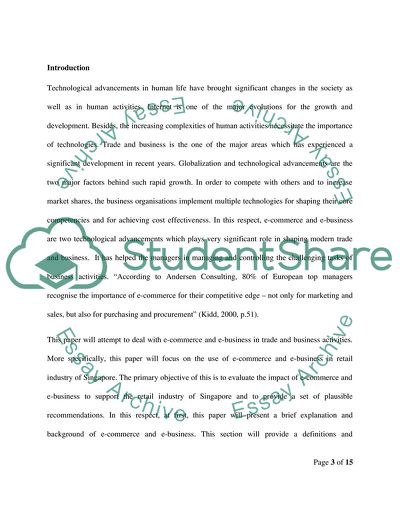Cite this document
(“Impact of E-Commerce and E-Business on Retail Industry of Singapore Research Proposal - 1”, n.d.)
Impact of E-Commerce and E-Business on Retail Industry of Singapore Research Proposal - 1. Retrieved from https://studentshare.org/e-commerce/1748114-e-business-and-e-commerce
Impact of E-Commerce and E-Business on Retail Industry of Singapore Research Proposal - 1. Retrieved from https://studentshare.org/e-commerce/1748114-e-business-and-e-commerce
(Impact of E-Commerce and E-Business on Retail Industry of Singapore Research Proposal - 1)
Impact of E-Commerce and E-Business on Retail Industry of Singapore Research Proposal - 1. https://studentshare.org/e-commerce/1748114-e-business-and-e-commerce.
Impact of E-Commerce and E-Business on Retail Industry of Singapore Research Proposal - 1. https://studentshare.org/e-commerce/1748114-e-business-and-e-commerce.
“Impact of E-Commerce and E-Business on Retail Industry of Singapore Research Proposal - 1”, n.d. https://studentshare.org/e-commerce/1748114-e-business-and-e-commerce.


